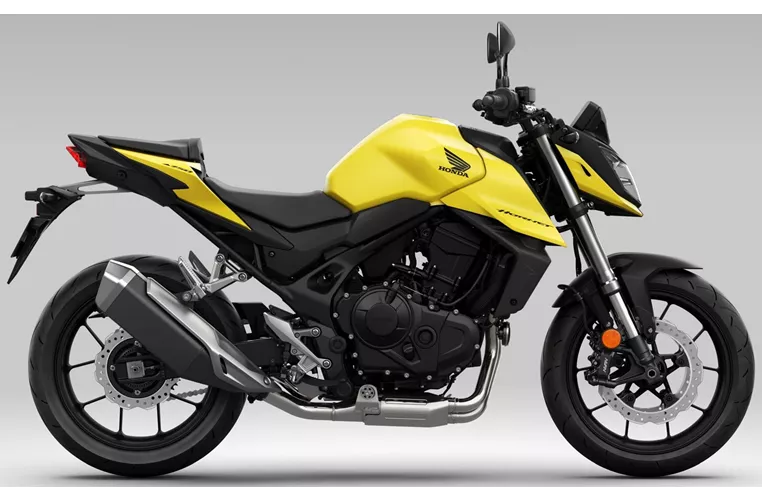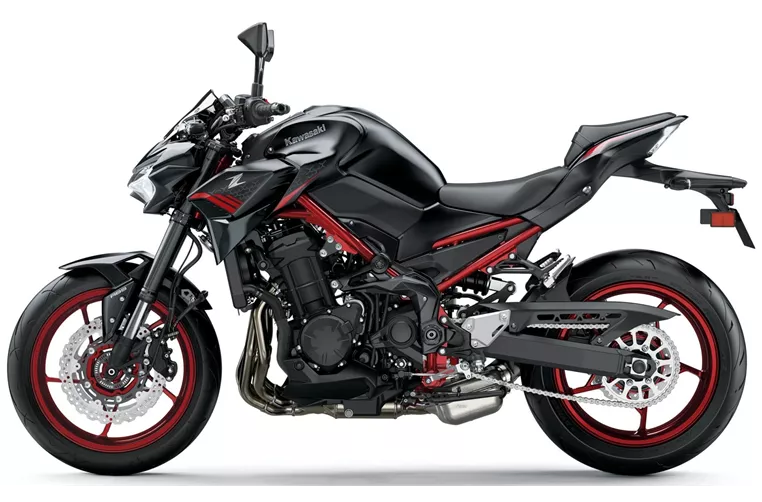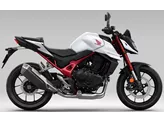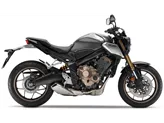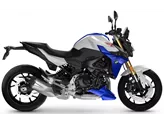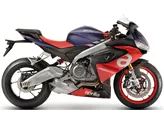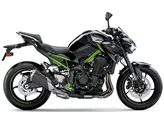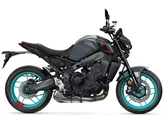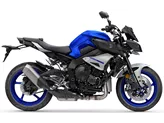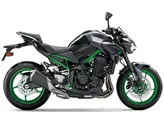Honda CB750 Hornet 2023 vs. Kawasaki Z900 2021
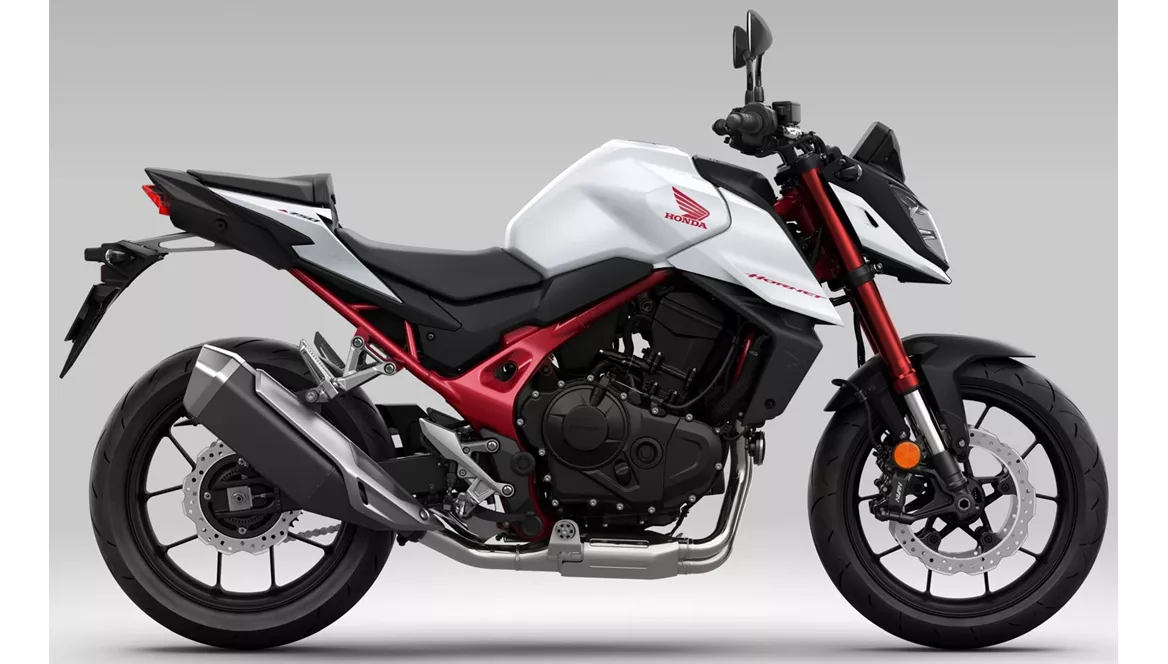
Honda CB750 Hornet 2023
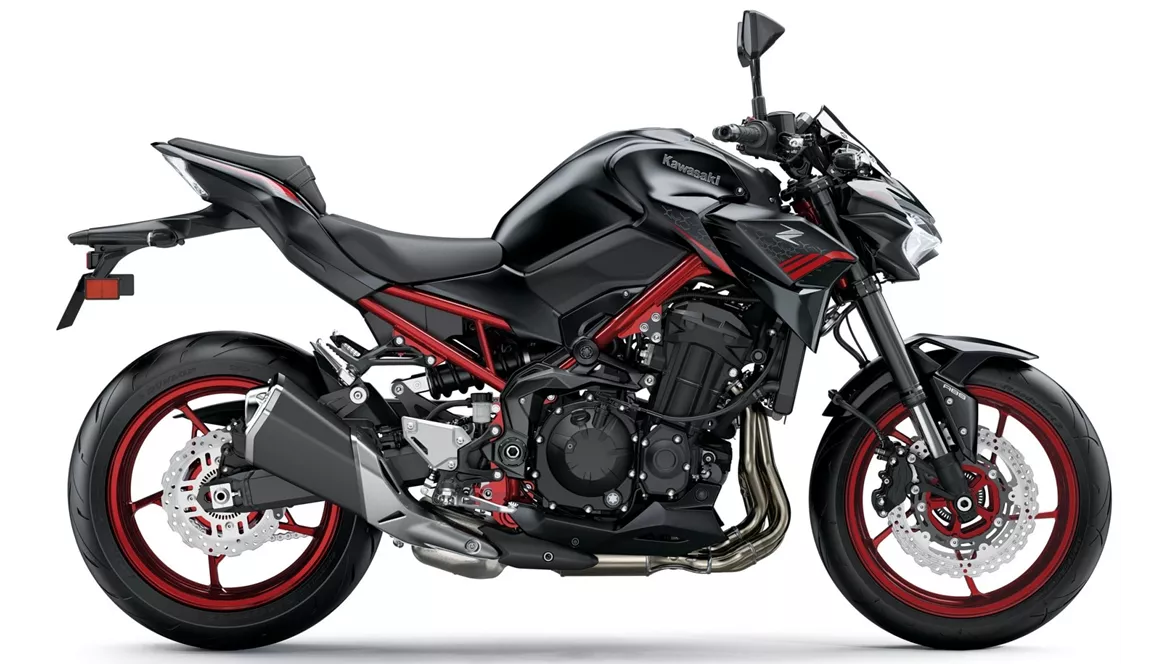
Kawasaki Z900 2021
Overview - Honda CB750 Hornet 2023 vs Kawasaki Z900 2021
In terms of engine and drive train, the Honda CB750 Hornet 2023 features an in-line crankpin offset engine with a power output of 92 HP and a torque of 75 Nm. It utilizes a fuel injection system and has 2 cylinders. The cooling system is liquid-based, and the displacement is 755 ccm. On the other hand, the Kawasaki Z900 2021 also has an in-line engine with a higher power output of 125.4 HP and a torque of 98.6 Nm. It also uses a fuel injection system and has 4 cylinders. The cooling system is liquid-based, and the displacement is 948 ccm.
Both bikes have upside-down telescopic fork front suspensions and swing arm rear suspensions with monoshocks. The rear suspension of the Kawasaki Z900 2021 offers additional adjustment options for preload and rebound.
In terms of brakes, both bikes feature double disk front brakes with a diameter of 296 mm for the Honda CB750 Hornet 2023 and 300 mm for the Kawasaki Z900 2021. Both bikes have four-piston front brake calipers. The Honda CB750 Hornet 2023 utilizes radial brake technology, while the Kawasaki Z900 2021 uses petal brake technology.
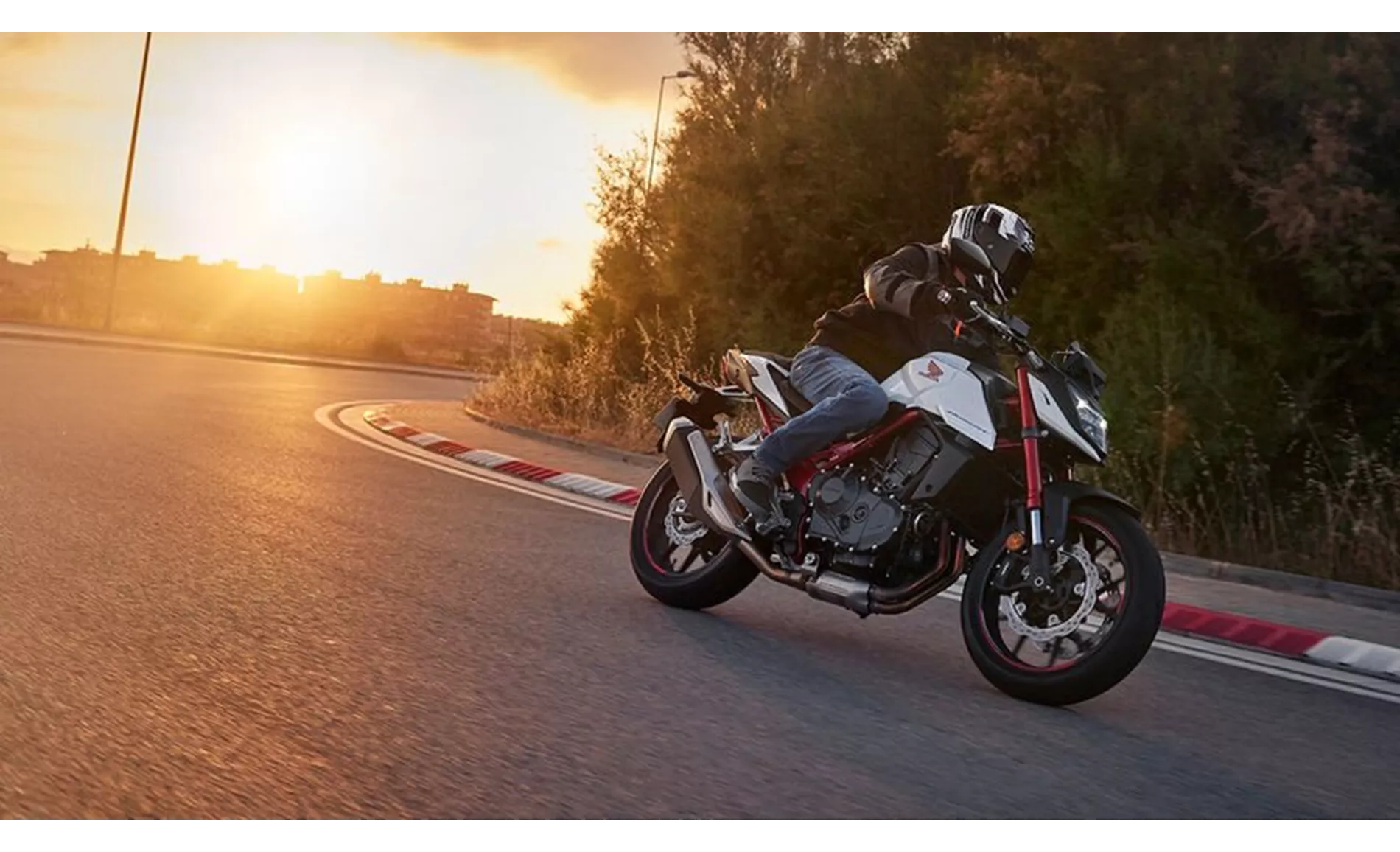
Honda CB750 Hornet 2023
Both bikes come equipped with advanced rider assistance systems such as ABS, riding modes, ride by wire, and traction control. The Honda CB750 Hornet 2023 also includes anti-wheelie technology.
In terms of dimensions and weights, both bikes have a front tire width of 120 mm and a front tire diameter of 17 inches. The Honda CB750 Hornet 2023 has a rear tire width of 160 mm and a rear tire diameter of 17 inches, while the Kawasaki Z900 2021 has a rear tire width of 180 mm. The wheelbase of the Honda CB750 Hornet 2023 is 1420 mm, while the Kawasaki Z900 2021 has a slightly longer wheelbase of 1450 mm. Both bikes have a seat height of 795 mm. The Honda CB750 Hornet 2023 has a kerb weight of 190 kg with ABS, while the Kawasaki Z900 2021 has a slightly higher kerb weight of 210 kg with ABS.
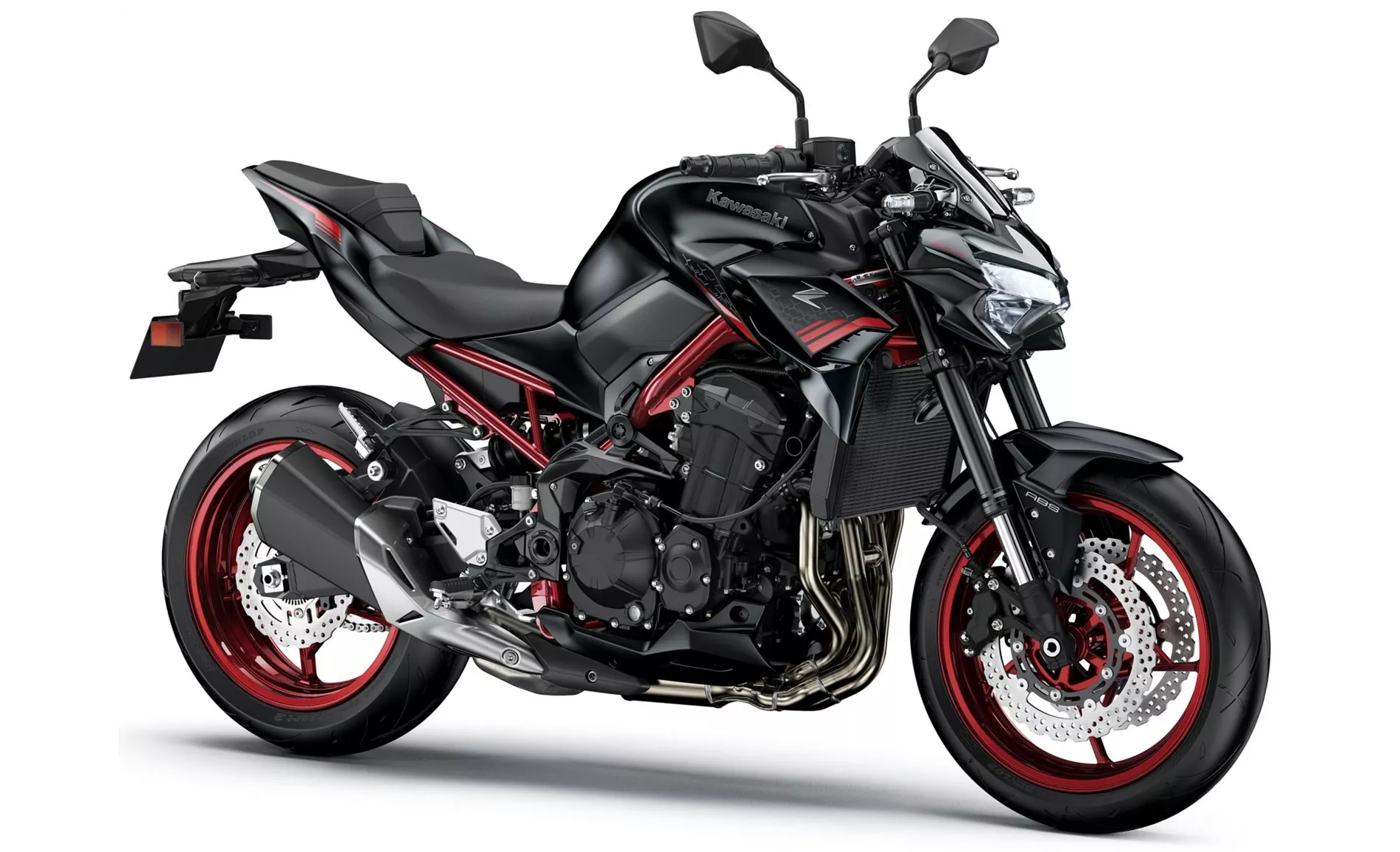
Kawasaki Z900 2021
In terms of equipment, both bikes feature LED headlights and TFT displays. The Honda CB750 Hornet 2023 also offers connectivity, while the Kawasaki Z900 2021 includes LED daytime running lights.
The strengths of the Honda CB750 Hornet 2023 include its powerful and high-torque engine, good brakes, comfortable seating position, agile handling, well-balanced chassis, extensive electronics, optional quickshifter, and excellent price. On the other hand, the strengths of the Kawasaki Z900 2021 include its powerful four-cylinder engine, intuitive handling, good equipment, aggressive looks, and value for money.
The Honda CB750 Hornet 2023 has a weakness in its steel box swing arm, which may not be particularly visually appealing. On the other hand, the Kawasaki Z900 2021 does not offer a quickshifter option and may be considered less advanced electronically compared to competitors with a 6-axis IMU.
Technical Specifications Honda CB750 Hornet 2023 compared to Kawasaki Z900 2021
Pros and Cons in comparison
Pros and Cons in comparison
Honda CB750 Hornet 2023
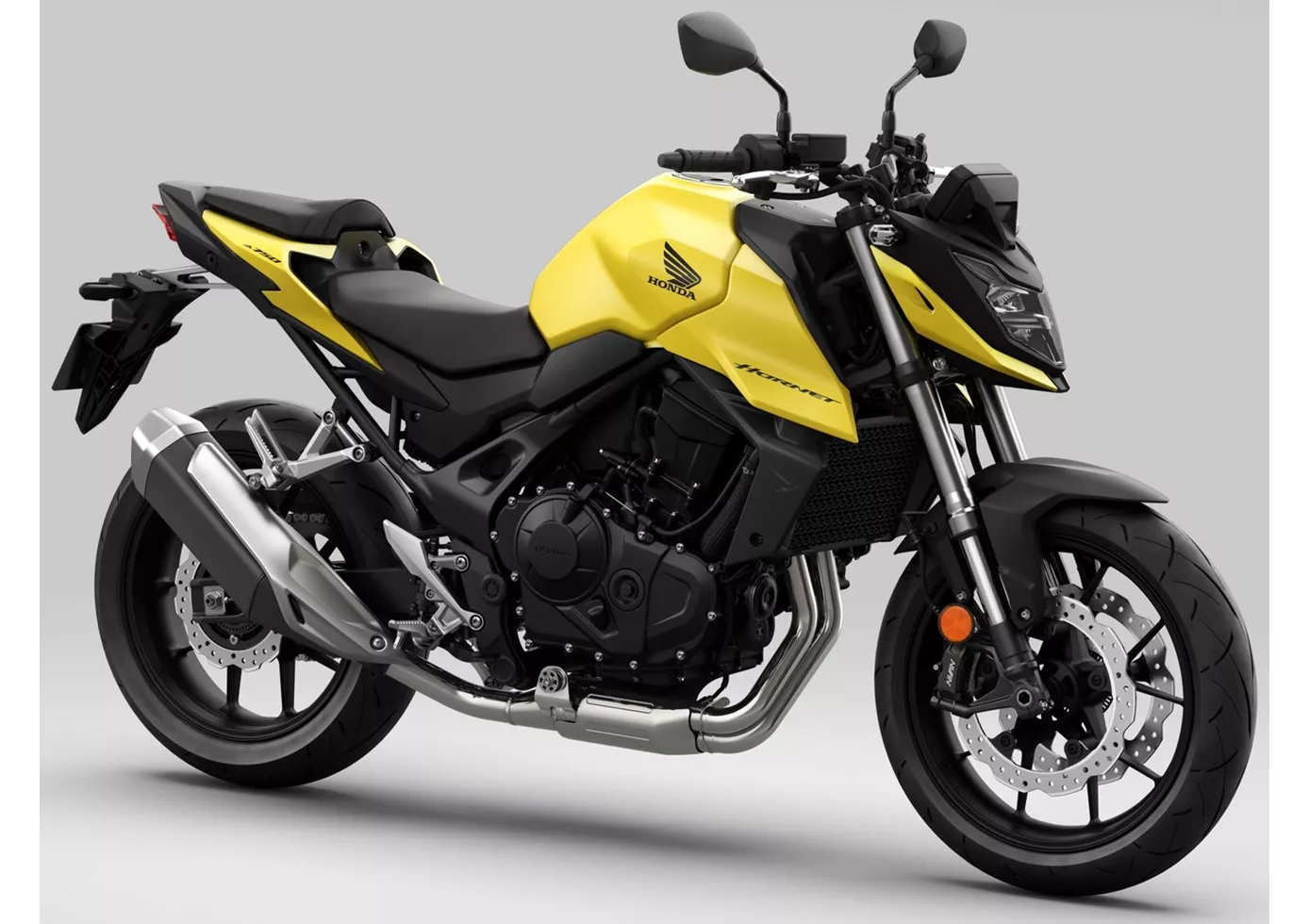
The new Hornet 750 is a really successful naked bike that sets itself above most competitors in the upper entry-level bike class with its wonderfully agile and powerful engine, balanced handling and chassis, comfortable riding position and, last but not least, its extensive electronic equipment. Actually, it comes very close to the middle class, only the boring swingarm and the narrow 160 rear tyre (which, however, helps the handling enormously) do not quite fit into this segment. However, it is hardly more expensive than the entry-level bikes, and instead a few, sometimes even many thousands cheaper than the mid-range. That makes it an unbeatable offer!
Kawasaki Z900 2021
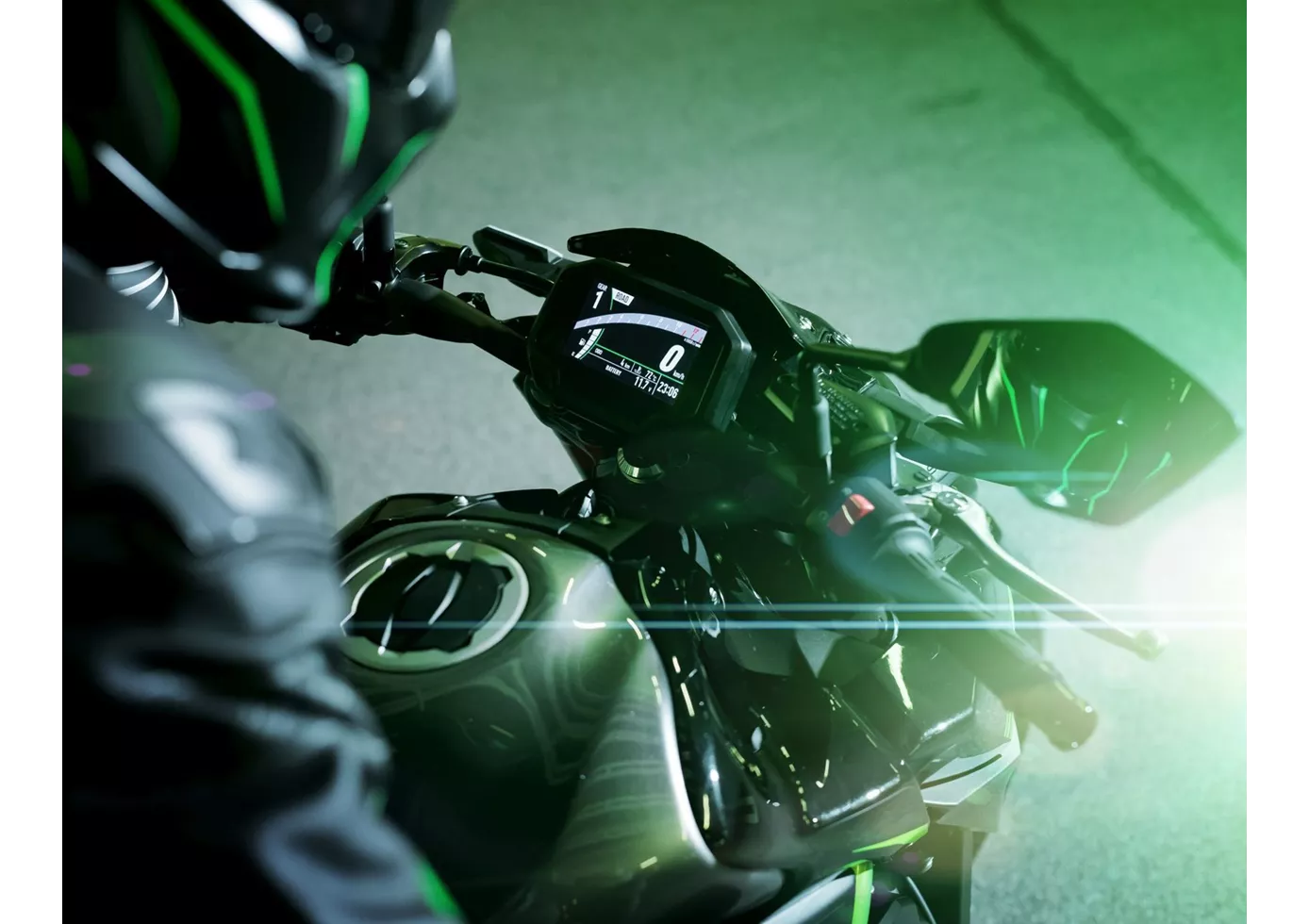
In terms of price-performance, the Kawasaki Z900 is hard to beat at the moment. With the perfectly tuned engine, the high-quality chassis components and the electronics added for 2020, this naked bike offers everything that sporty riders will be looking for. There is really nothing to complain about, except for the lack of a quickshifter option.
Price Comparison Avarage Market Price Honda CB750 Hornet vs Kawasaki Z900
There are a few key differences between a Honda CB750 Hornet 2023 and a Kawasaki Z900 2021. In terms of price, the actual average price of a Kawasaki Z900 2021 is about 13% higher. Compared to Kawasaki Z900 2021 there are more Honda CB750 Hornet 2023 bikes available on the 1000PS.de Marketplace, specifically 76 compared to 33. It takes less time to sell a Honda CB750 Hornet with 60 days compared to 107 days for a Kawasaki Z900. Since model year 2023 1000PS.de editors have written 15 reviews for the Honda CB750 Hornet and 46 reviews for the Kawasaki Z900 since model year 2017. The first review for the Honda CB750 Hornet was published on 9/8/2022 and now has more than 57,900 views. This compares to more than 93,200 views for the first review on Kawasaki Z900 published on 11/11/2016.
